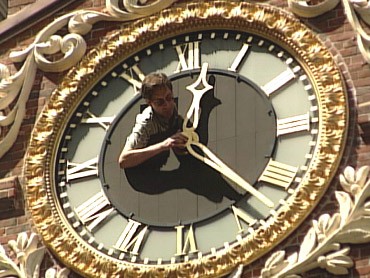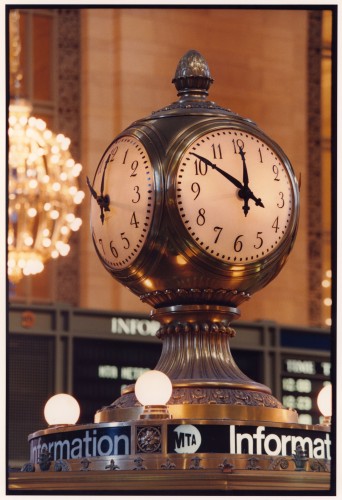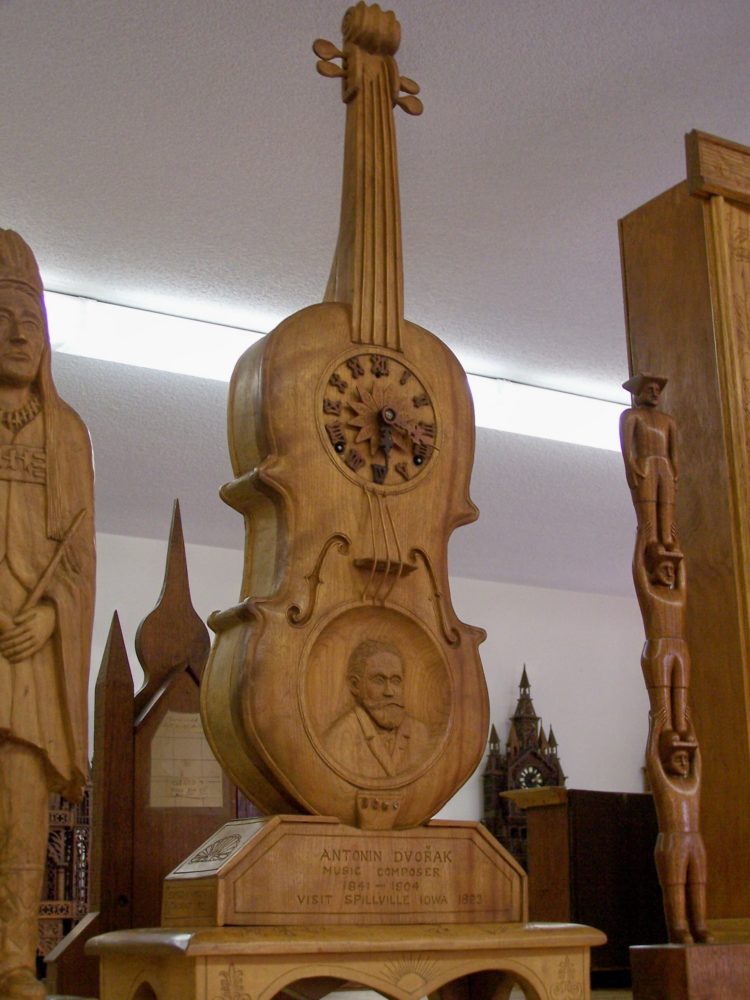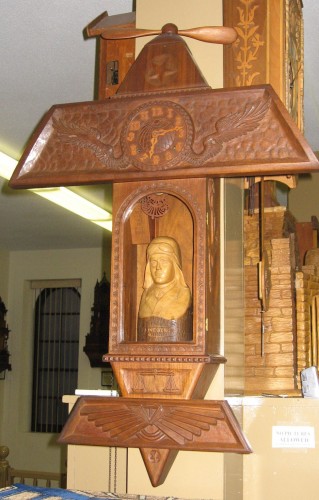
(Boston: courtesy Marriott’s Custom House)
Daylight Saving Time (DST) ends at 2 a.m. Sunday morning when we “fall back” to standard time by turning our clocks back one hour.
As you rush around resetting the clocks on the microwave, the TV and the bedside alarm, imagine yourself watching time fly in one of the clock-worthy cities I included in the slide-show-style story I put together for msnbc.com this week: How time flies! Where to see the world’s clocks.

(Courtesy Metro-North Railroad)
The story includes the information booth clock at New York City’s Grand Central Station, clock and watch museums in Pennsylvania and Connecticut, what may be the oldest continually running town clock (in Winnsboro, South Carolina), and the Bily Clocks Museum in Spillville, Iowa, which is home to 43 intricately carved clocks, some more than ten feet tall, made by Joseph and Frank Bily over the course of 45 years.

The Bily Brothers’ clocks have themes ranging from art and religion to history and culture. The collection includes an American Pioneer History Clock, an Apostle Clock, a violin-shaped clock honoring Czech composer Antonin Dvorkak (above) and an airplane-shaped clock (below) made to commemorate Charles Lindbergh’s trans-Atlantic flight. (That propeller moves!)

(Courtesy: Bily Clocks Museum)
In researching the story, I also came upon this film documenting the incredible video mapping project done to mark the 600th anniversary of Prague’s astronomical clock in Old Town Square.